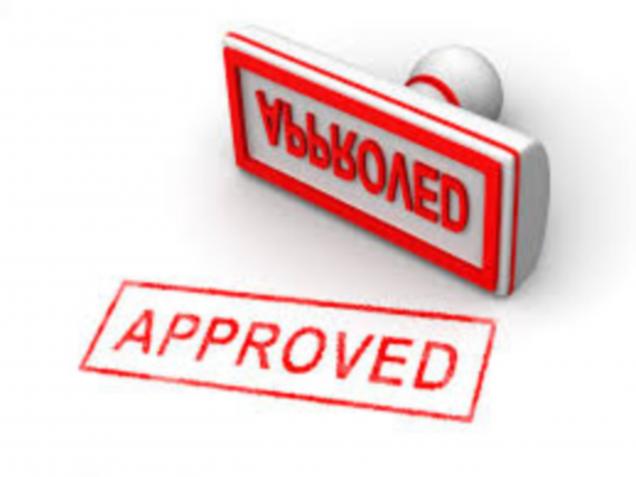
What is a Low Doc Home Loan in Australia – An Overview
Becoming a homeowner is a significant milestone that many individuals aspire to achieve. In Australia, the dream of owning a home is within reach for a wide range of people, including self-employed individuals. However, navigating the traditional mortgage process can be challenging for those who don’t have a standard employment history and a stack of paperwork to prove their income. This is where a “Low Doc Home Loan” come into play, offering a flexible pathway to home ownership for the self-employed Australian.
Understanding What is a Low Doc Home Loan in Australia
Low Doc Home Loans, short for “low documentation loans,” are designed to assist those who have difficulty providing the extensive documentation that traditional mortgage lenders typically require. This type of loan caters to self-employed individuals, freelancers, contractors, and small business owners who might have fluctuating incomes or unconventional financial circumstances.
The Challenge for Self-Employed Australian Borrowers:
Self-employed individuals often face unique challenges when it comes to securing a mortgage. Unlike salaried employees who can provide pay stubs and tax returns as proof of their income, self-employed individuals might not have a consistent salary or easily verifiable financial records. Their income might come from various sources, making it harder to quantify and present to lenders.
The Benefits of Low Doc Home Loans:
Low Doc Loans for the Self Employed Australian address these challenges by offering a more flexible approach to income verification. While traditional mortgages require a mountain of paperwork, low doc options typically require fewer documents. This streamlined process allows self-employed individuals to provide alternative forms of proof, such as bank statements, business activity statements (BAS), and even a declaration of income from an accountant.
Key Features of Low Doc Home Loans:
Reduced Documentation: As the name suggests, the primary advantage of low doc loans is the reduced documentation requirement. Borrowers do not need to provide as many financial documents as they would for a standard loan.
Flexible Eligibility Criteria: Low doc home loans Australia often have more lenient eligibility criteria, taking into consideration the irregular income patterns of self-employed individuals.
Loan-to-Value Ratios: Depending on the lender, borrowers can secure a low doc home loan up to 85% (LVR), which is the proportion of the property’s value that the loan covers. This can be especially useful for those who don’t have a substantial deposit saved up.
Interest Rates and Fees: Interest rates and fees on low doc home loans can vary depending on the lender and the borrower’s financial situation. It’s essential to shop around and compare offers to find the best deal.
Loan Purpose: Low doc home loans can be used for various purposes, including purchasing a home, refinancing, or property investment.
Considerations and Risks
While low doc loans offer a pathway for self-employed individuals to realize their home ownership dreams, they do come with some considerations and potential risks. Since the income verification process is more lenient, these loans might carry slightly higher interest rates to account for the increased risk perceived by lenders. Some low doc lenders will accept low credit scores or applicants with debt consolidation with bad credit.
Conclusion
For self-employed individuals in Australia, low doc loans provide a flexible and practical solution to the challenges of securing a mortgage. With reduced documentation requirements and a focus on alternative income verification methods, these loans open doors for aspiring homeowners who might otherwise struggle to meet the strict criteria of traditional mortgages. As with any financial decision, it’s crucial to thoroughly research options, compare offers, and make an informed choice that aligns with one’s long-term.
Understanding What is a Low Doc Home Loan in Australia
Low Doc Home Loans, short for “low documentation loans,” are designed to assist those who have difficulty providing the extensive documentation that traditional mortgage lenders typically require. This type of loan caters to self-employed individuals, freelancers, contractors, and small business owners who might have fluctuating incomes or unconventional financial circumstances.
The Challenge for Self-Employed Australian Borrowers:
Self-employed individuals often face unique challenges when it comes to securing a mortgage. Unlike salaried employees who can provide pay stubs and tax returns as proof of their income, self-employed individuals might not have a consistent salary or easily verifiable financial records. Their income might come from various sources, making it harder to quantify and present to lenders.
The Benefits of Low Doc Home Loans:
Low Doc Loans for the Self Employed Australian address these challenges by offering a more flexible approach to income verification. While traditional mortgages require a mountain of paperwork, low doc options typically require fewer documents. This streamlined process allows self-employed individuals to provide alternative forms of proof, such as bank statements, business activity statements (BAS), and even a declaration of income from an accountant.
Key Features of Low Doc Home Loans:
Reduced Documentation: As the name suggests, the primary advantage of low doc loans is the reduced documentation requirement. Borrowers do not need to provide as many financial documents as they would for a standard loan.
Flexible Eligibility Criteria: Low doc home loans Australia often have more lenient eligibility criteria, taking into consideration the irregular income patterns of self-employed individuals.
Loan-to-Value Ratios: Depending on the lender, borrowers can secure a low doc home loan up to 85% (LVR), which is the proportion of the property’s value that the loan covers. This can be especially useful for those who don’t have a substantial deposit saved up.
Interest Rates and Fees: Interest rates and fees on low doc home loans can vary depending on the lender and the borrower’s financial situation. It’s essential to shop around and compare offers to find the best deal.
Loan Purpose: Low doc home loans can be used for various purposes, including purchasing a home, refinancing, or property investment.
Considerations and Risks
While low doc loans offer a pathway for self-employed individuals to realize their home ownership dreams, they do come with some considerations and potential risks. Since the income verification process is more lenient, these loans might carry slightly higher interest rates to account for the increased risk perceived by lenders. Some low doc lenders will accept low credit scores or applicants with debt consolidation with bad credit.
Conclusion
For self-employed individuals in Australia, low doc loans provide a flexible and practical solution to the challenges of securing a mortgage. With reduced documentation requirements and a focus on alternative income verification methods, these loans open doors for aspiring homeowners who might otherwise struggle to meet the strict criteria of traditional mortgages. As with any financial decision, it’s crucial to thoroughly research options, compare offers, and make an informed choice that aligns with one’s long-term.



